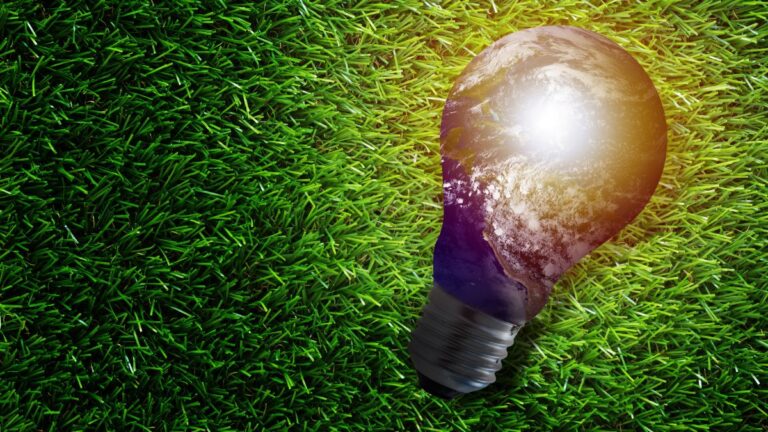DIY Rainwater Collection Systems for Eco Homes
Looking to make a splash in the eco-friendly community? Well, have we got a solution for you! In this article, we’ll show you DIY rainwater collection systems for your eco home.
By harnessing the power of rain, you can reduce your water bill and lessen your environmental impact. From basic rain barrel setups to underground cisterns, we’ve got you covered.
Get ready to dive into a world of sustainable living and become a part of the eco-conscious tribe!
Basic Rain Barrel System
Start by installing a gutter system to collect rainwater from your roof. Once the rainwater is collected, you can set up a basic rain barrel system.
Decorative rain barrels are a great option for those who want a functional yet visually appealing solution. These rain barrels come in various designs and materials to match your home’s aesthetics.
To ensure the longevity and efficiency of your rain barrel system, regular maintenance is necessary. Clean the barrel periodically to remove any debris or sediment that may accumulate. Additionally, check for any leaks or cracks and repair them promptly.
It’s also important to keep the barrel covered to prevent mosquito breeding and to conserve water.
Underground Cistern Setup
To set up an underground cistern for rainwater collection in your eco home, you’ll need a sturdy container capable of storing large volumes of water. The underground storage allows you to maximize space and maintain a neat aesthetic.
Start by selecting a suitable location for your cistern, preferably near a downspout to collect rainwater efficiently. Excavate a hole deep enough to accommodate the size of your chosen container. Ensure that the cistern is level and stable before proceeding.
Next, install a filtration system to remove debris and contaminants from the collected rainwater. This can include a combination of mesh screens, sediment filters, and carbon filters. Regular maintenance and cleaning of the filtration system are essential to ensure the quality of the stored water.
Remember to check local regulations and obtain any necessary permits before installing an underground cistern.
DIY Gutter and Downspout Collection
Position your gutters and downspouts strategically to effectively collect rainwater for your DIY rainwater collection system. Here are three essential tips to ensure efficient gutter and downspout collection:
- Regular gutter maintenance: Clear out any debris, such as leaves and twigs, that may clog your gutters. This will prevent water overflow and ensure maximum water collection during rainfall.
- Proper downspout installation: Ensure that your downspouts are positioned correctly to direct the water flow into your rainwater collection system. Use downspout extensions if necessary to guide water away from your home’s foundation.
- Use gutter guards: Install gutter guards to prevent debris from entering your gutters in the first place. This will reduce the need for frequent maintenance and ensure uninterrupted water flow.
Rainwater Harvesting With Rain Chains
Maximize rainwater collection for your eco home by utilizing rain chains in your rainwater harvesting system.
Rain chains are a beautiful and practical alternative to traditional downspouts, adding a touch of elegance to your home while efficiently collecting rainwater.
One of the benefits of rain chains is that they slow down the flow of water, allowing it to be collected more easily. They also create a soothing sound as the water cascades down, adding a calming element to your outdoor space.
Installing rain chains is relatively simple. Start by removing your downspout and attaching the rain chain to the gutter. Make sure the rain chain is securely fastened to prevent it from falling during heavy rain.
Position a rain barrel or storage container at the end of the rain chain to collect the water.
With these rain chain installation tips, you can enhance your rainwater harvesting system and enjoy the benefits of sustainable living.
Rainwater Collection Using a Rainwater Garden
Utilize a rainwater garden to further enhance your rainwater collection system, allowing for efficient and sustainable water management in your eco home. A rainwater garden isn’t only a beautiful addition to your outdoor space but also serves as a functional and eco-friendly way to collect rainwater.
Here are three benefits and maintenance tips to consider when designing your rainwater garden for optimal water collection efficiency:
- Natural filtration: A rainwater garden acts as a natural filter, removing pollutants and contaminants from the water as it passes through the plants and soil. This ensures that the water collected is clean and safe for various uses.
- Water conservation: By collecting rainwater in your garden, you can reduce your reliance on municipal water sources, saving money on water bills and conserving this precious resource.
- Low maintenance: Once established, a rainwater garden requires minimal maintenance. Regularly inspect the garden for clogs or debris that may hinder water flow and ensure the plants are well-maintained to maximize water collection efficiency.
Conclusion
By implementing one of these ten DIY rainwater collection systems, you can significantly reduce your environmental impact and enhance the sustainability of your home.
Just like a gentle stream flowing through a meadow, these systems offer a practical and efficient solution to conserve water and protect our planet.
So, why not embark on this eco-friendly journey and start collecting rainwater today?







3 Comments
Comments are closed.